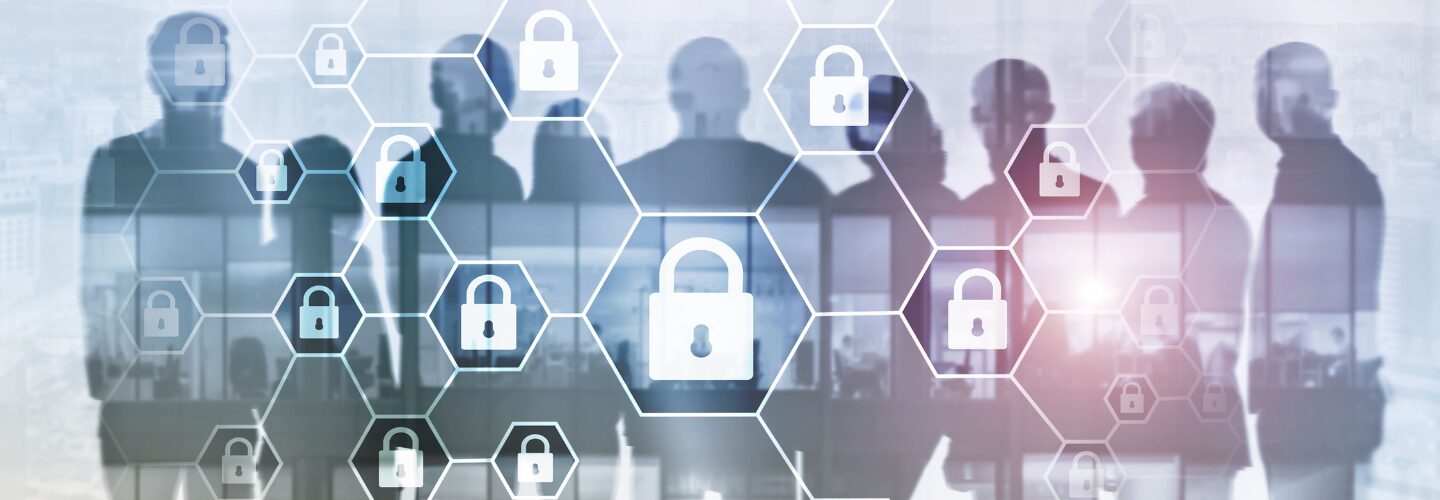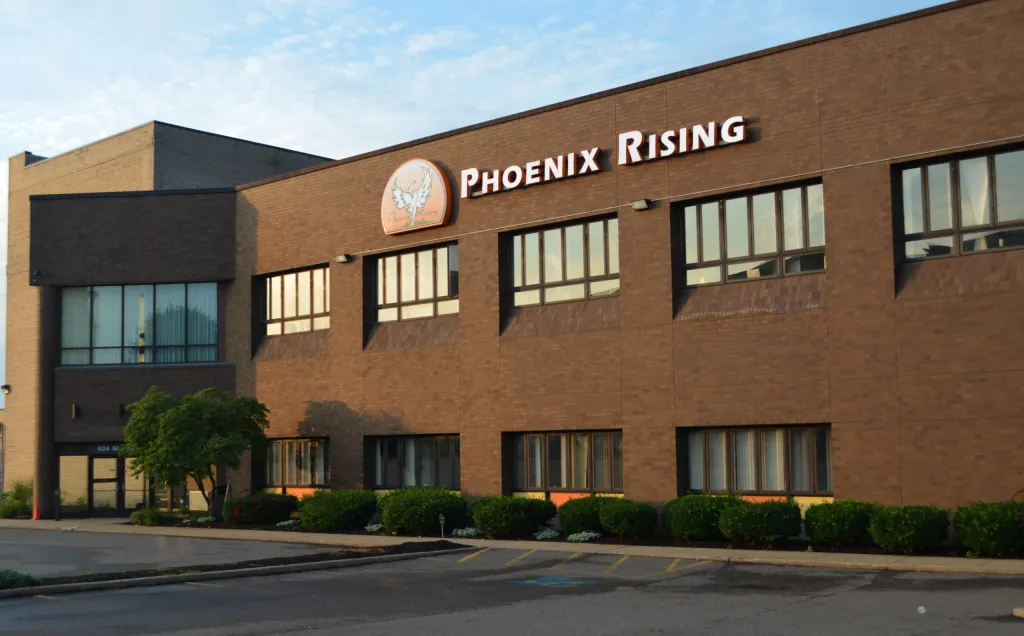What Is Multi-Factor Authentication?
No matter how secure your employees passwords are, they are not unhackable. The sophistication of modern technology means that a password is no longer enough to adequately secure your business’s confidential data. Fortunately, adding multi-factor authentication is an easy way of adding an extra layer of protection. Here is an overview of what multi-factor authentication is and how it can benefit your business.
Multi-Factor Authentication – What Is It?
Multi-factor authentication provides a second layer of protection for your company’s devices, accounts, and digital assets by requiring a second piece of information to be entered for users to successfully log in. Although simply entering a password was once enough to ensure that the correct user was attempting to log into a device or account, the sophistication of technology has increased to the point where a password is no longer as secure as it used to be. Many passwords are too insecure and easy to guess to ensure that unauthorized users are not able to use them, and hackers have devised methods of quickly accessing passwords.
By requiring a second type of authentication, either every time your employees log into a device or account or the first time they do so, you can increase the likelihood that only your authorized employees will be able to view confidential company information.
Benefits of Multi-Factor Authentication
Multi-factor authentication can have a wide variety of benefits for your business’s devices and accounts if it is implemented correctly. Here are some of the most significant benefits of multi-factor authentication!
Extra Security for Company Devices and Programs
Although it is not necessarily reasonable to force multi-factor authentication if your employees use their own laptops and other devices for work purposes, adding this step to company devices increases the overall security of your investment if your company provides devices for your employees. This option helps protect any confidential company information on the laptop or other device in case an employee were to accidentally leave it in a coffee shop, on a train, or somewhere else while commuting or working remotely.
Additional Layer of Protection for Accounts With Weaker Passwords
No matter how much guidance you provide the members of your team with for creating strong passwords that are difficult to guess, these guidelines will not necessarily be adequately followed by everyone at your workplace. Passwords that are very challenging for hackers to figure out are also difficult for your employees to remember. Your employees are not going to want to choose a password they are likely to forget and increase their likelihood of inadvertently locking themselves out of their accounts, and many will continue to opt for something they can easily memorize even if it is not the most secure password.
Adding multi-factor authentication lessens the severity of having a hacker figure out a password that is not challenging enough by making that password not enough to access the account. As long as an unauthorized user does not have access to a specific phone or other device, guessing a password will only provide half the credentials that user needs to access confidential information.
Types of Multi-Factor Authentication
Information
Your team members can utilize additional information they know to log into a device or program. In addition to a regular password, you may be able to implement a multi-factor authentication system that includes a PIN or other numerical code or the answer to a security question. However, it is important to note that this type of known information can be just as challenging to keep secure as a password. PINs are generally short and may have a guessable meaning to a particular user if users are allowed to set them themselves, and the answers to many of the most common security questions are not difficult to find on social media or other places online.
Devices
Utilizing a second device or account that your employees have access to, such a personal email address or cell phone, is the most common method of implementing multi-factor authentication. With this option, the program or device your employee is trying to log into will text or email a code to something else the employee has access to and has previously provided to ensure that the person who entered a password is the authorized user. If you choose to use this method, making sure your employees keep their alternate contact information current is essential, as multi-factor authentication will do little good if an employee gets a new phone number or device and can no longer access a code that gets sent to an old number or device.
Digital Recognition
Facial recognition software and using a thumbprint as a passcode can also be used as multi-factor authentication. They are often the most secure option, as long as your software is accurate enough to recognize and block photographs and other attempts to trick the system, but they should be used with caution.
Your employees may not all feel comfortable giving this extremely sensitive personal information to an app or software system, particularly one they know little about, as all software can be hacked or otherwise misused. If you do choose to offer facial recognition or similar options for employees that are comfortable with the idea and like its convenience, your company should offer it alongside another option for employees who do not wish to utilize such information to use instead. Most multi-factor authentication systems can be set up to allow each user to choose from more than one type of multi-factor authentication option to use, which can be an ideal solution if you are interested in offering digital recognition as an option.
At Rea & Associates, we prioritize keeping companies informed about the most innovative ways to protect the confidential data of their businesses and their customers. When implemented correctly, multi-factor authentication can provide a simple means of increasing your ability to ensure that only your authorized staff members can access sensitive data. Contact us today to learn more about the benefits of adding multi-factor authentication to your business’s cybersecurity toolbox or to get started!




